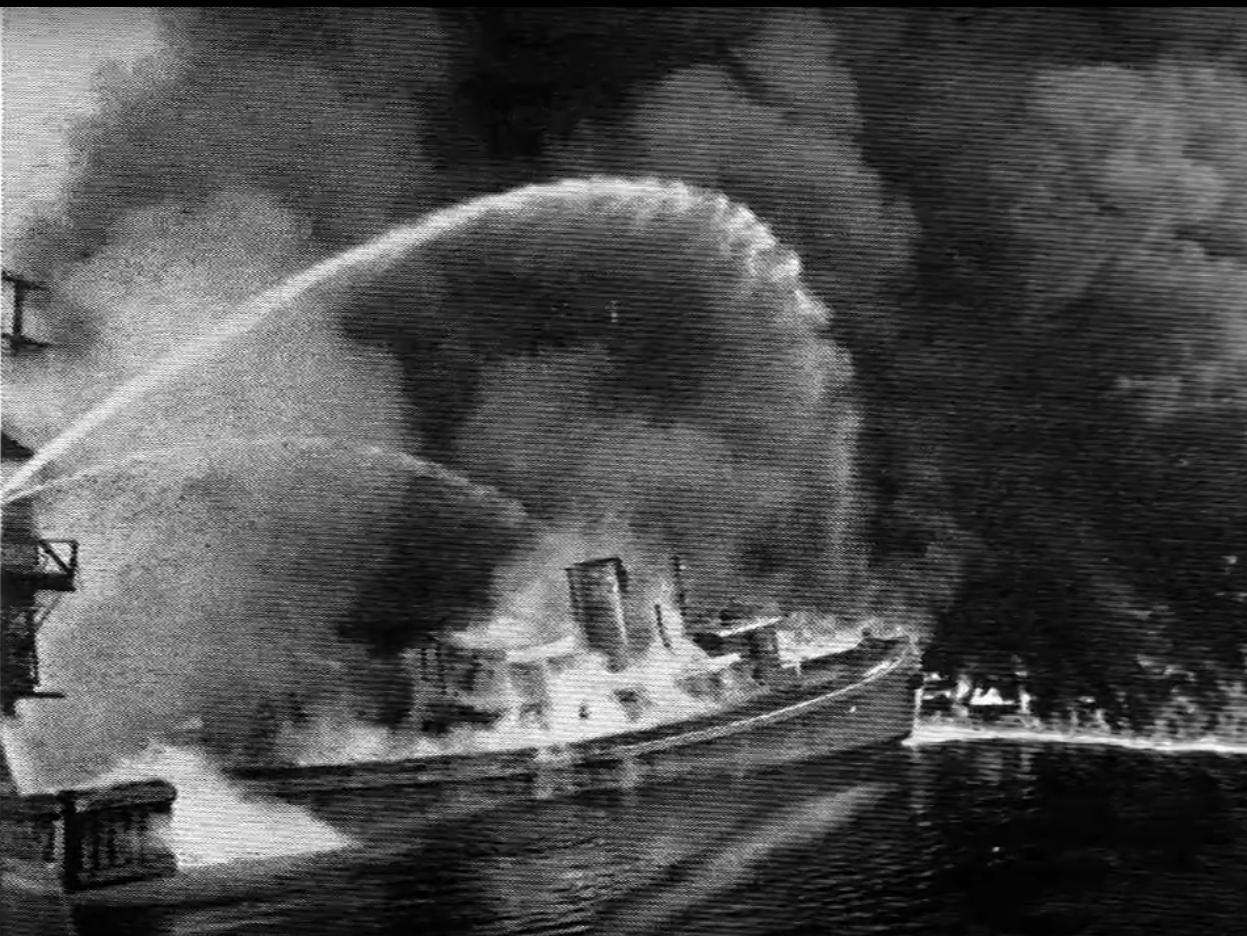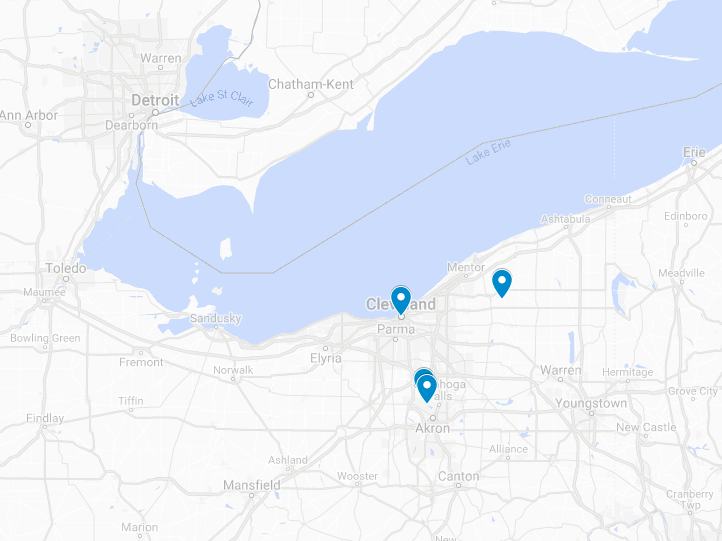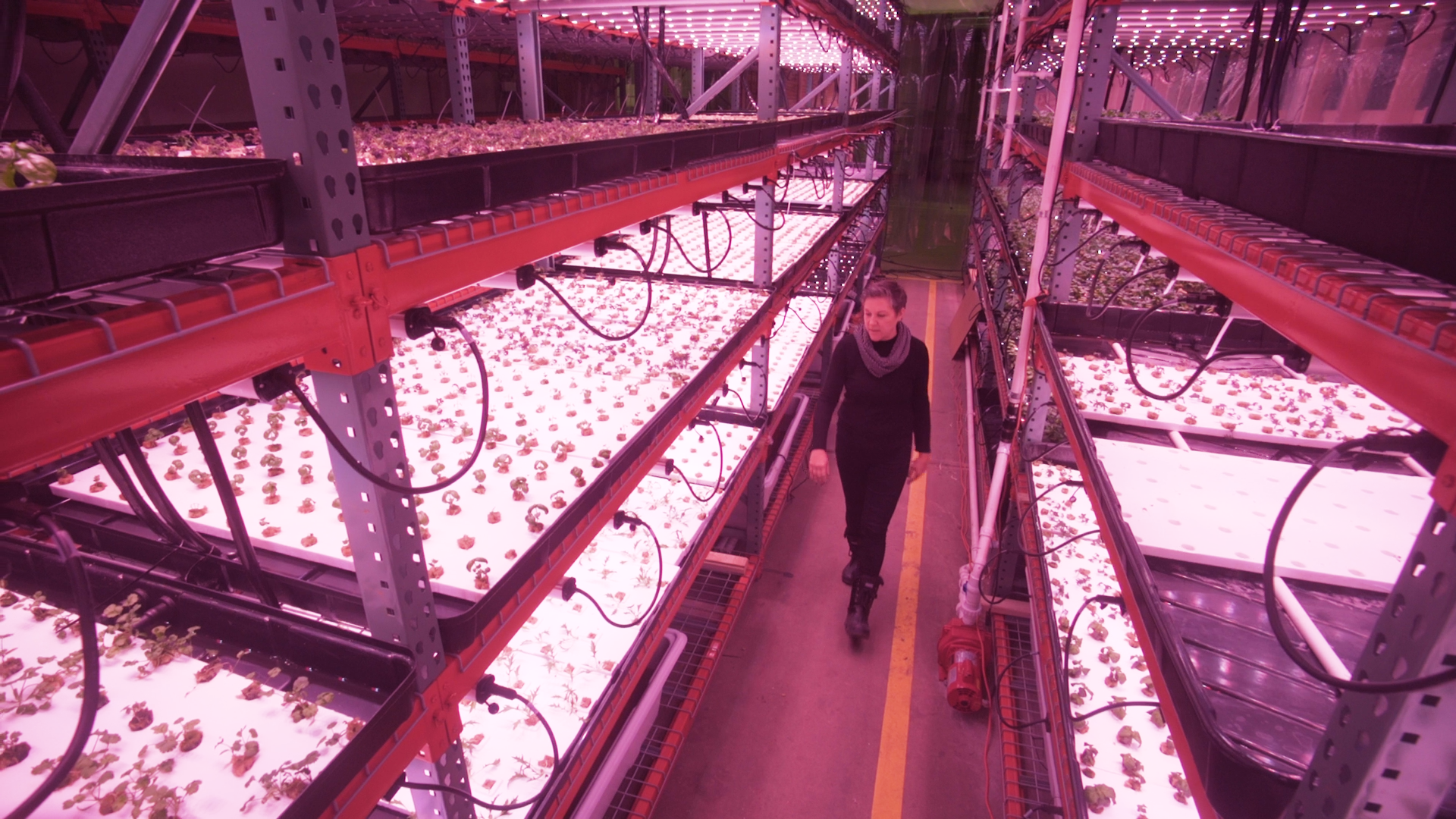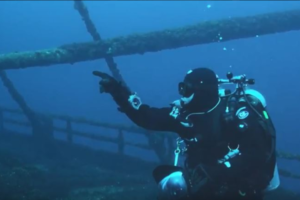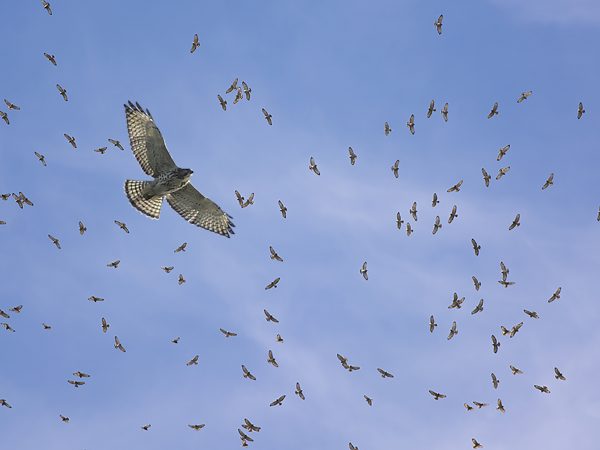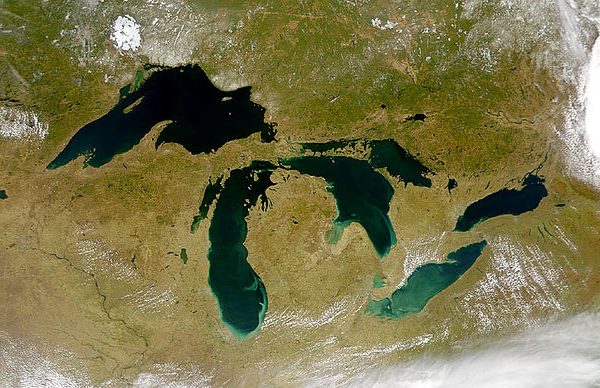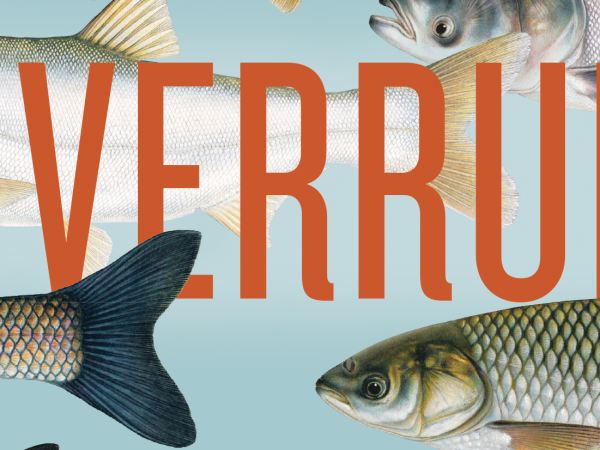In the third episode of the Great Lakes Now monthly show, see how Cleveland’s Cuyahoga River has been cleaned up since it famously caught fire 50 years ago. Go fishing for Asian carp and learn to identify all four species that are in or near the Great Lakes, then find out how organic hydroponic farming is creating connections between sustainability, technology, water conservation and food.
WHERE WE TAKE YOU THIS MONTH
Watch Live on DPTV
Tuesday, June 25 at 7:30 PM
STATIONS CARRYING THE SERIES
DPTV
Detroit, Michigan
WNED-TV
Buffalo, New York
WGVU-TV
Grand Rapids, Michigan
WNMU-TV
Marquette, Michigan
WCMU-TV
Mount Pleasant, Michigan
WNIT-TV
South Bend-Elkhart, Indiana
WCNY-TV
Syracuse, New York
WGTE-TV
Toledo, Ohio
WPBS-TV
Watertown, New York
This Month on Great Lakes Now
Click the tabs to read descriptions of each feature in Episode 1003.
River On Fire
SEGMENT 1 | CUYAHOGA RIVER, OHIO
50 years after the Cleveland waterway infamously caught fire, the cleanup efforts have changed the ecosystem of the Lake Erie watershed
In the mid 20th century, the Midwest’s urban rivers were considered sewers, particularly for industrial waste. That dumping contributed to the infamous Cuyahoga River fire in Cleveland on June 22, 1969.
But after that incident made international news, clean-up efforts slowly started, and you can see some successes today in communities located inland from the Lake Erie shoreline.
In the Geauga Park District system east of Cleveland, otters swim and hunt fish, and bald eagles soar overhead and tend to their nests.
The Akron Water Reclamation Facility prevents household waste and stormwater runoff from flowing completely unchecked into the Cuyahoga.
“Bottom line: improved water quality,” said Dan Best, a naturalist at the Geauga Park District. “Whatever happens up here impacts things downstream. Fortunately, our watersheds are fairly well protected up here, by a variety of public lands and other preserved lands.”
Watch this Great Lakes Now segment from PBS affiliate WVIZ-TV/Ideastream in Cleveland to visit these sites.
(And learn why Cuyahoga water is particularly suited to maltier beers.)
Asian Carp
SEGMENT 2 | CHICAGO, ILLINOIS AND LAKE ERIE
Where are Asian carp in the Great Lakes region? And what’s being done about them?
Four species of Asian carp threaten to invade the Great Lakes.
The main front in the battle to keep them out is taking place with electric barriers and mass capture on the Mississippi River tributaries and shipping canals in Illinois that connect to Lake Michigan.
“Those kinds of solutions, as effective as they’re going to be, are only a part of it,” said Great Lakes Now Contributor Andrew Reeves, who authored the book “Overrun: Dispatches from the Asian Carp Crisis.”
But grass carp variety of the fish are now in Lake Erie, and the Ohio Department of Natural Resources is trying to control the populations. Watch the GLN segment to see how.
Here are more Great Lakes Now stories about asian carp:
- For more about Asian carp, read the work of GLN Senior Correspondent Gary Wilson, who has been writing about the issue for years >
- GLN Contributor’s Andrew Reeves discusses his book HERE.
Hydroponics
SEGMENT 3 | DETROIT, MICHIGAN
It’s a growing hype in the Great Lakes
Farmland surrounds the lakes on both the Canadian and U.S. sides of the basin, but the climate doesn’t permit year-round growing.
Enter hydroponics, an indoor method of growing plants without soil using a nutrient-and-water solution. With hydroponics, farmers can grow more in less space, use less water and prevent fertilizer runoff, all of which ultimately can benefit the Great Lakes system.
“I relate it very much to the same time when Henry Ford was bringing the first Fords off the assembly line,” said Kimberly Buffington, farmer and managing partner of Planted, a hydroponics farm in Detroit. “We’re sort of at that point, that juncture in the hydroponic industry, in the way that we’re innovating and birthing the industry here in the United States.”
Watch the Great Lakes Now segment on hydroponics to learn more about the farming process and see how it’s gaining momentum in the Great Lakes region.
- For more about hydroponics farming in the Great Lakes, CLICK HERE to read about the benefits, drawbacks and why the Midwest won’t be making a complete switch to hydroponics farming anytime soon.
Have a question about the Great Lakes or life in the region?
Ask Great Lakes Now, and if we can answer it, we might loop it into our coverage so others can learn too.
Submit Your QuestionPrevious Episodes
Featured Articles
Digital Credits
The Great Lakes Now Series is produced by Rob Green and Sandra Svoboda.
Digital Designer: Shelby Jouppi
Digital Video and Photography: Paul Dzendzel, Rob Green, Miles Holst, Matt Ilas, Bill Kubota, Kevin Morrissey, Sandra Svoboda, James Weir, Jordan Wingrove and Courtesy of Asian Carp Regional Coordinating Committee, Great Lakes Fishery Commission, Illinois Department of Natural Resources, Michigan Department of Natural Resources,NewsHour Weekend, Ohio Department of Natural Resources, Shedd Aquarium, WKYC-TV, WVIZ-Ideastream, WKYC,
Website Writing: Natasha Blakely, Rob Green, Sandra Svoboda


